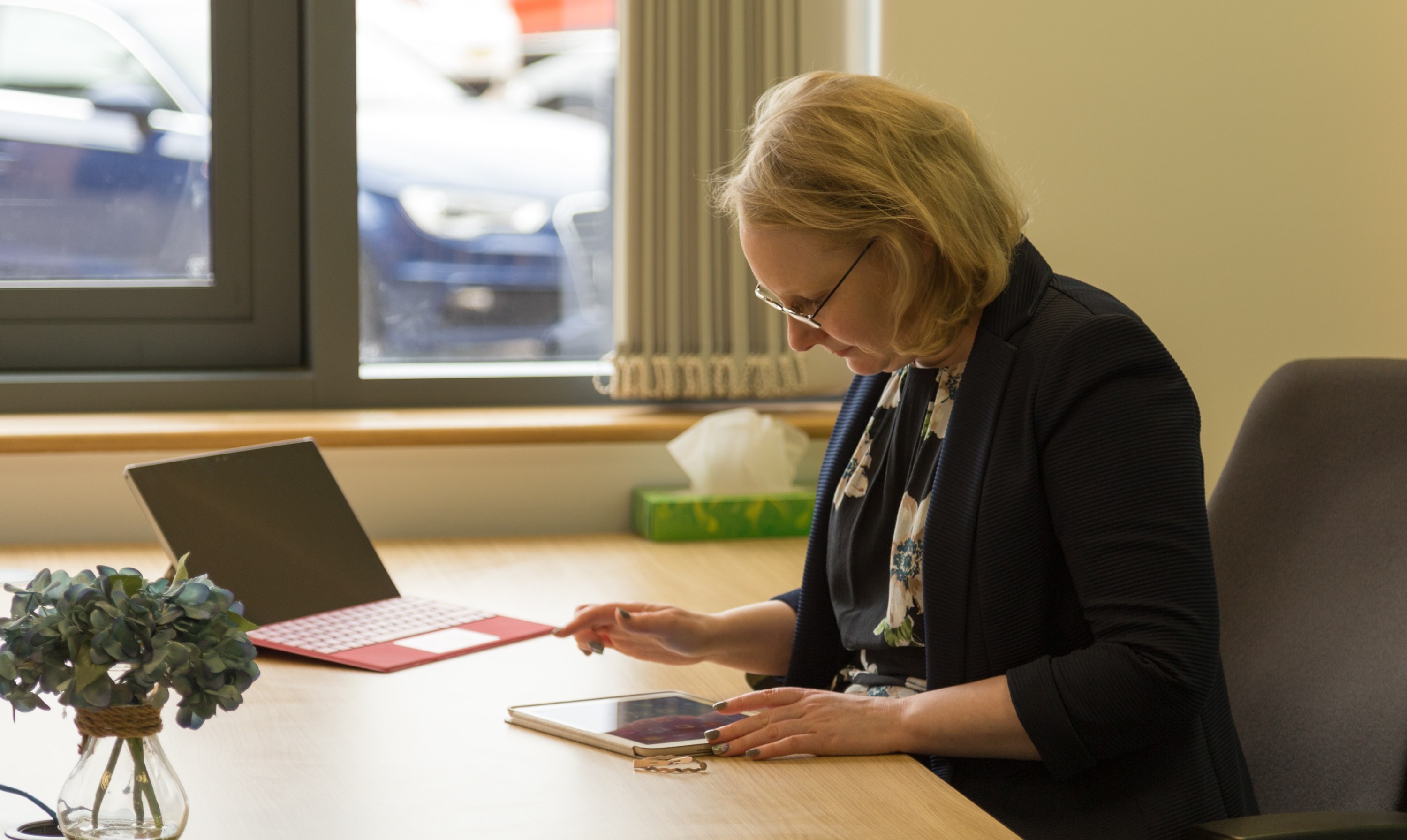Last month was the 4-year anniversary of leaving my “proper job” (as my Dad referred to it!) and entering the exciting world of Interim Management and Consultancy. The move into this type of work was a real joy for me, and the challenges, diversity, and variety it has given me over the last 4 years have been unlike any other point in my career. Although it’s not for the faint hearted it’s certainly the best move I’ve made.
My role has expanded much further as I have built a small consultancy business.
A part of the role that provides interesting challenge is driving change as an ‘outsider’. Often organisations turn to interim managers and consultants to provide a “fresh pair of eyes”. While this has huge value, I’m a firm believer in not dropping pre-existing models and solutions onto organisations. The real art of designing sustainable change programmes is the ability to truly understand an organisation, it’s aims, and capacity for change. This leaves a paradox situation where consultants and interims need to become simultaneously embedded enough to understand, whilst keeping those “fresh eyes”.

What have I learned so far?
1. Build Relationships
When you’ve been somewhere a long time, you build trust and credibility. With several years of building relationships you understand how to get things done. As an outsider you have none of this. So, the first lesson I learned was how to build credibility and relationships, so that I could influence people and learn how to navigate a new organisation. This is a crucial step.
2. Know What you are Not
I am not a social worker, or a health professional, or an IT specialist, or a teacher, and that’s OK. When an organisation invites me to go in to work with them on a specialised change programme, they’re not looking for those skills, they already have them. The most successful projects happen when people from a range of different disciplines get their heads together and come up with a solution that drives the change. It can take confidence to admit to not knowing an area fully, and often people try to wing it, but it’s such a mistake.
Put your best minds on your most difficult problem. I believe that staff know what needs to change, they just might need help with how to go about it. Use the expertise available to you and build a meaningful change programme from within.
3. Speaking Truth to Power
I’ve always considered this a core part of my role as an interim or consultant. The privilege of sitting slightly outside the organisation and the politics comes with this responsibility. Building a trusting relationship with senior managers and members, where you can sensitively and constructively hold up the mirror is crucial. When done well this can have high impact. I often use coaching techniques, questioning rather than attacking, and providing evidence and examples wherever possible. Along with treading sensitively and building effective working relationships throughout.
4. Stay Humble
In all sectors, there are themes and problems which that sector has, despite what organisation you work in. This can easily lead to a sense of complacency. I’ve come across a lot of consultants and interim managers who start most sentences with “when I was at….” presuming that a solution which worked elsewhere will work everywhere. It’s important to get the balance right between understanding issues and bringing your experience from other places.
Organisations may have challenges in common, but they each have their own cultures, ways of working, appetite for risk and change. The solutions I have offered have all been tailored. It’s important to treat each organisation as a new start, a fresh problem. Listen and learn to those around you before imposing something tried elsewhere.
5. Drive Sustainability
Another key difference between permanent work and interim/consultancy is the knowledge that you may not be part of that change journey through its whole cycle. This means it’s crucial you involve others in the process who will not only see it through to the end, but long after. Joint project teams are ideal for this, as are shared design processes, so key people are involved in the change programme throughout, and not just left with it dumped on them at the end.
I also work with organisations to identify potential talent and try to build up change and project management skill from within. By building an organisations capacity and skill around change management, you can be sure your work continues long after you’ve left.
In summary, there’s no substitute for building effective, open and honest working relationships, wherever you are, and the power of bringing people together to drive change should never be underestimated.
